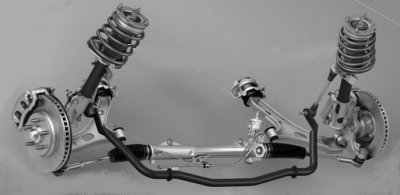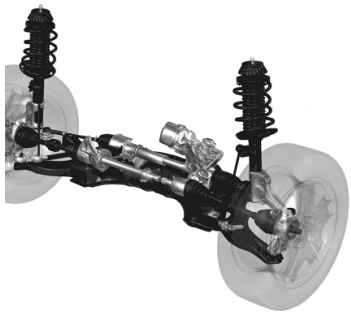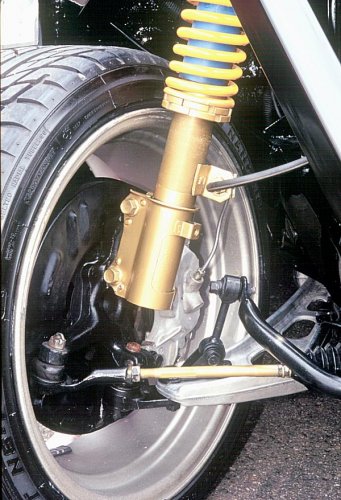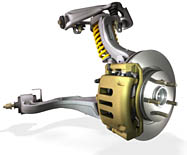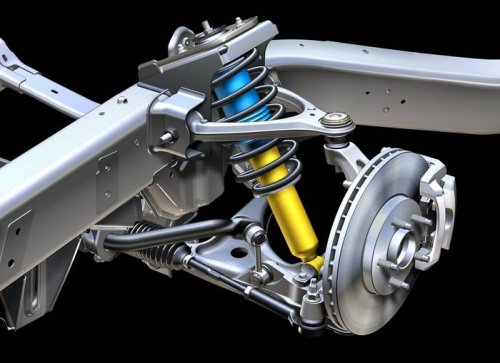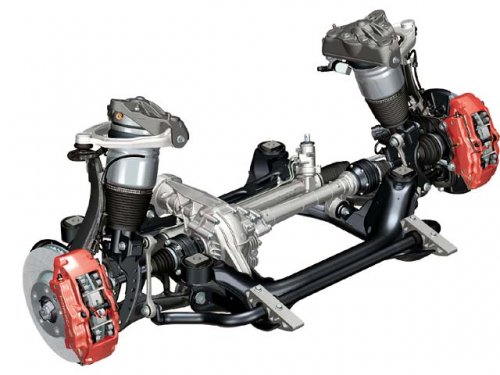Was this thread even necessary... where's Frogman when you need someone to put things in a true light...
Maybe I'lll go xerox something... wait please don't lecture me on this... I ment to copy or photo copy or is it to :
Xerox Corporation (NYSE: XRX) (name pronounced [ˈziɹ.ɑks]) is a global document management company, which manufactures and sells a range of color and black-and-white printers, multifunction systems, photo copiers, digital production printing presses, and related consulting services and supplies. Xerox is headquartered in Stamford, Connecticut, though its largest population of employees is based in and around Rochester, New York, the area in which the company was founded.
Xerox was founded in 1906 as "The Haloid Company",[1] which originally manufactured photographic paper and equipment. The company subsequently changed its name to "Haloid Xerox" in 1958. The company came to prominence in 1959 with the introduction of the first plain paper photocopier using the process of xerography (electrophotography) developed by Chester Carlson, the Xerox 914 [1]. The 914 was so popular that by the end of 1961, Xerox had almost $60 million in revenue. By 1965, revenues leaped to over $500 million. Before releasing the 914, Xerox had also introduced the first xerographic printer, the "Copyflo" in 1955.
The company expanded substantially throughout the 1960s, making millionaires of some long-suffering investors who had nursed the company through the slow research and development phase of the product. In 1960, the "Wilson Center for Research and Technology" was opened in Webster, New York, a research facility for xerography. In 1961, the company changed its name to "Xerox Corporation". Xerox common stock (XRX) was listed on the New York Stock Exchange in 1961 and on the Chicago Stock Exchange in 1990.
In 1963, Xerox introduced the Xerox 813, the first desktop plain-paper copier, bringing Carlson's vision of a copier that could fit on anyone's office desk into a reality. Ten years later in 1973, a color copier followed.
In 1970, under company president Charles Peter McColough, Xerox opened the Xerox PARC (Xerox Palo Alto Research Center) research facility. The facility developed many modern computing methods such as the mouse and the graphical user interface. From these inventions, Xerox PARC created the Xerox Alto in 1973, a small minicomputer similar to a workstation and personal computer. The Alto was never commercially sold, as Xerox itself could not see the sales potential of it. In 1979, several Apple Computer employees, including Steve Jobs, visited Xerox PARC, interested in seeing their developments. Jobs and the others saw the commercial potential of the GUI and mouse, and began development of the Apple Lisa, which Apple introduced in 1983.
The first laser printer was produced by Xerox in 1977 when researcher Gary Starkweather modified a Xerox copier in 1971. Laser printing eventually became a multi billion dollar business for Xerox. It was known as the Xerox 9700.
Xerox later released a similar system to the Alto, the Xerox Star in 1981 as a workstation. It was the first commercial system to incorporate various technologies that today have become commonplace in personal computers, including a bit-mapped display, a window-based GUI, mouse, Ethernet networking, file servers, print servers and e-mail. The Xerox Star, despite its technological breakthroughs, did not sell well due to its high price, costing $16,000 per unit. A typical Xerox Star-based office would have cost $100,000.
In the mid 80s, Apple considered buying Xerox, however a deal was never reached. Apple attempted to adapt the graphical user interface and mouse to a more affordable personal computer, aimed towards the business and education markets. The Apple Macintosh was released in 1984, and was the first personal computer to popularize the GUI and mouse amongst the public, released with the 1984 Super Bowl commercial. In the late 1980s, Xerox sued Apple over their use of the graphical user interface. The Xerox case was dismissed because the three year statute of limitations had passed -- Xerox had waited too long to file a suit.
The company was revived in the 1980s and 1990s, through improvement in quality design and realignment of its product line. Development of digital photocopiers in the 1990s and a revamp of the entire product range—essentially high-end laser printers with attached scanners which were able to be attached to computer networks—again gave Xerox a technical lead over its competitors. Xerox worked to turn its product into a service, providing a complete "document service" to companies including supply, maintenance, configuration, and user support. To reinforce this image, the company introduced a corporate signature, "The Document Company®" above its main logo and introduced a red "digital X®". The "digital X" symbolized the transition of documents between the paper and digital worlds.
In 2000, Xerox acquired Tektronix color printing and imaging division in Wilsonville, Oregon, for US$925 million. This led to the current Xerox Phaser line of products as well as Xerox solid ink printing technology.
In September 2004, Xerox celebrated the 45th anniversary of the Xerox 914. More than 200,000 units were made around the world between 1959 and 1976, the year production of the 914 was stopped. Today, the 914 is part of American history as an artifact in the Smithsonian Institution.
Xerox's turnaround was largely led by Anne M. Mulcahy, who was appointed president in May 2000, CEO in August 2001 and chairman in January 2002. [2] Mulcahy launched an aggressive turnaround plan that returned Xerox to full-year profitability by the end of 2002, along with decreasing debt, increasing cash, and continuing to invest in research and development.


